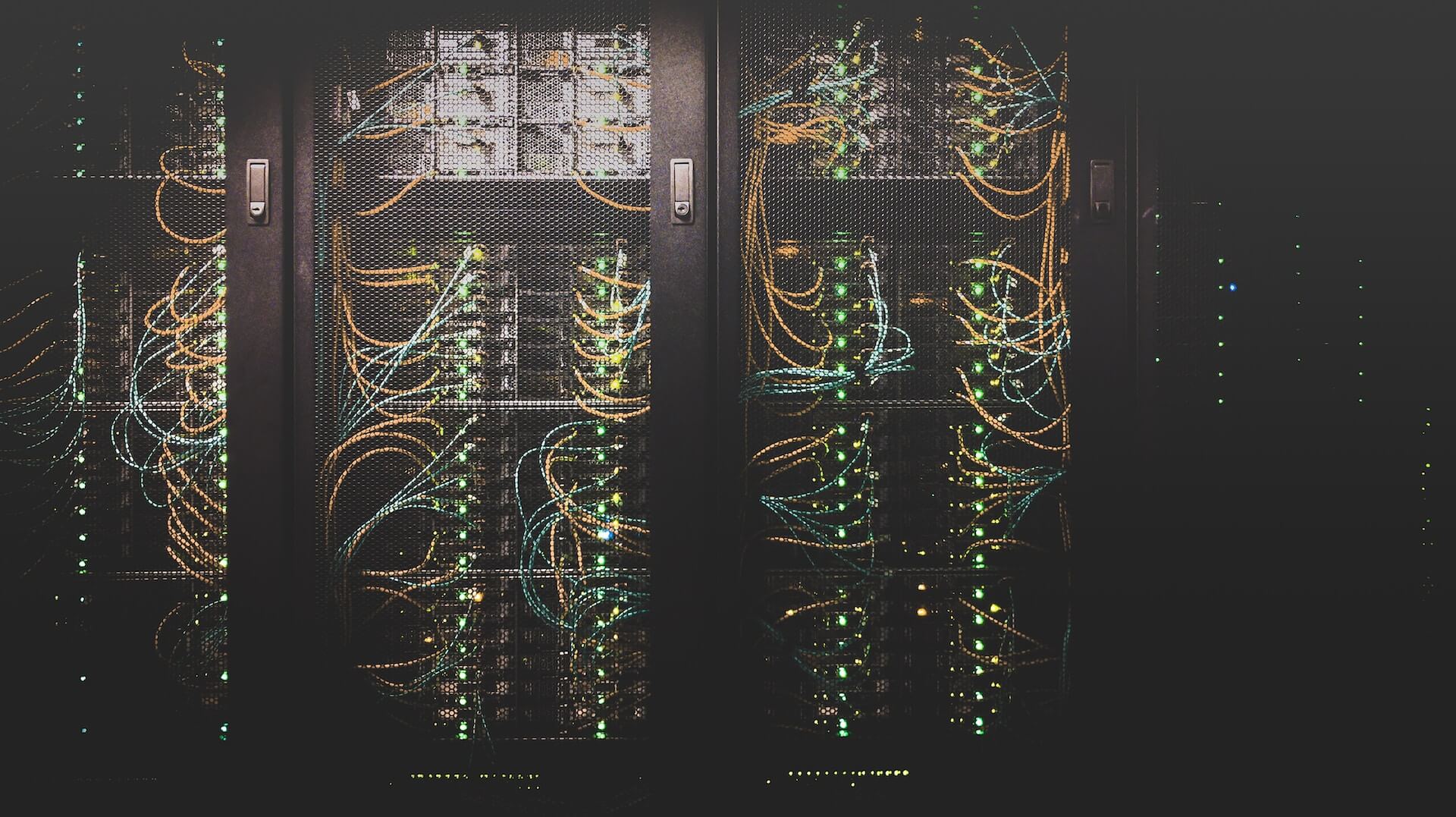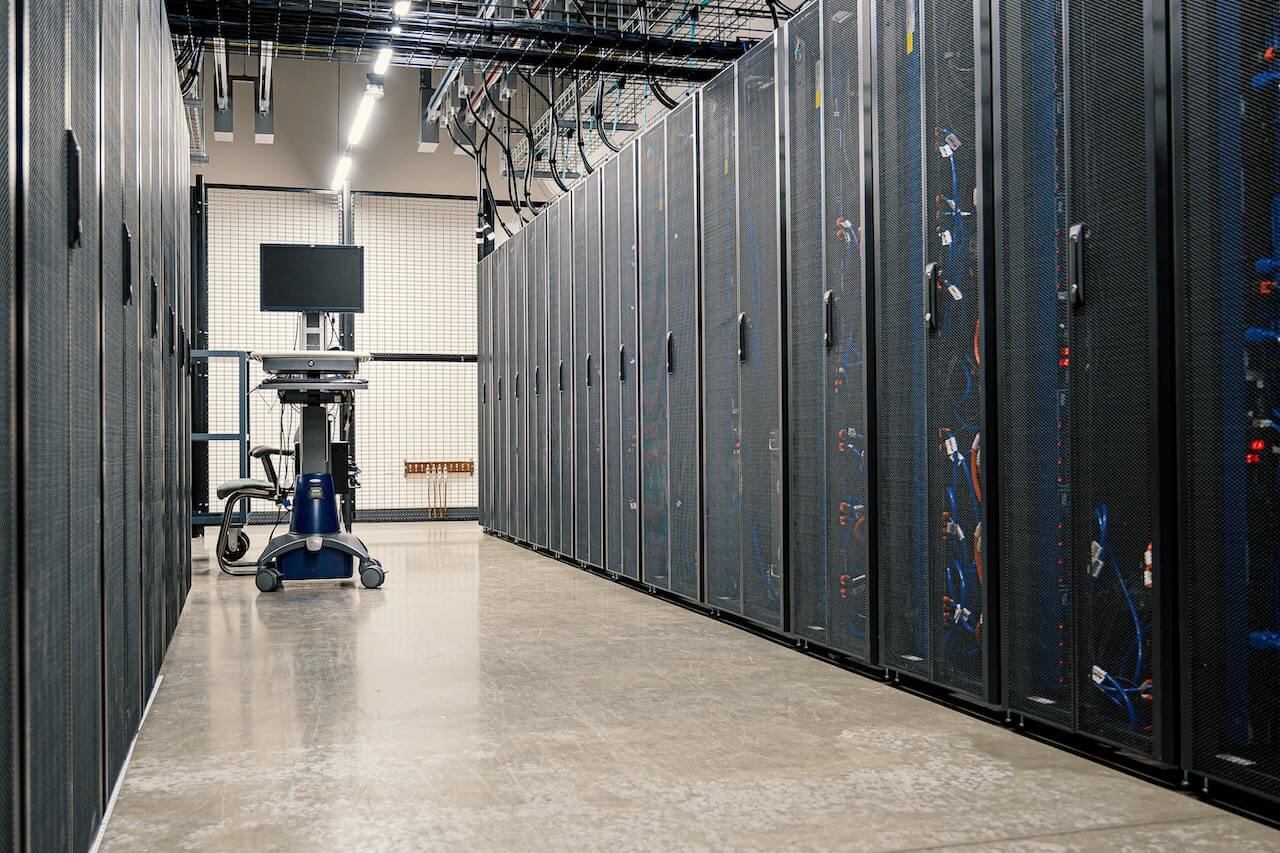The Future of Cloud Archiving: Transforming Cybersecurity & Compliance
Not that long ago, most records were kept in hard copy documents that were locked away in safes and filing cabinets. However, the rapid digital shift has changed the landscape significantly.
The proliferation of digital data, spurred on by the Internet and other technical developments, has left businesses adrift in a sea of information.
While the advent of the digital age has brought about previously unimaginable degrees of independence, it has also presented novel difficulties in the administration, protection, and conservation of this priceless asset.
Cloud archiving is essential in such a setting because of the continual movement of data in the digital world. In order to fully appreciate its potential, it is necessary to have a firm grip on the idea of cloud archiving and its growing significance in today's interconnected society.
What is a Cloud Archive?
Unlike traditional archiving which requires keeping data on-site, cloud archiving is the process of keeping secure data archives on off-site, remote servers, usually run by third-party providers. The data that’s kept on these servers ranges from emails and communication records to images and important documents. This data is typically kept for compliance and legal purposes, but can also be kept for the sake of keeping historical records.
The Benefits of Cloud Archiving
The introduction of cloud archiving has brought significant changes to the world of data storage and management. This technology offers various benefits, including improved data security, simplified compliance management, cost-effectiveness, and enhanced data accessibility.
Let’s explore these advantages of cloud archiving and its potential to impact the future of data management for businesses on a global scale.
Enhanced Data Security
An important new feature of cloud archiving is the increased safety of stored files. Historically, data archiving has been handled by in-house systems at companies. The scalability and safety of such methods, however, were generally inadequate. When using cloud archiving, your data is safely kept in facilities with strict access controls and advanced encryption.
Cloud archiving solutions also make substantial investments in other forms of cybersecurity, such as constant monitoring, threat detection, and incident response. This preventative measure helps guarantee the continued safety of preserved data in the face of ever-evolving cyber threats.
Streamlined Compliance Management
Meeting strict regulatory standards is an issue that’s mostly faced by institutions from the financial, healthcare, education, and legal industries. If they fail to comply with these standards, these organizations risk facing tremendous repercussions — from reputational damage to heavy fines and legal consequences.
When it comes to managing these complex compliance requirements, cloud archiving has the potential to usher in a new era of efficiency.
What’s more, we can expect them to become even more efficient than they are today. In the near future, cloud archiving solutions will use cutting-edge technologies like artificial intelligence (AI) and machine learning (ML) to classify and label stored data. With the help of this smart categorization, businesses will be able to easily find and get the information they need for compliance checks.
The use of AI technologies also promises to simplify the process of keeping your archived data in check with all applicable regulations. Having the flexibility to adjust to new regulations is crucial in today's dynamic regulatory climate. Businesses could benefit from this kind of real-time monitoring in several ways, including reduced costs and stress.
Cost-Efficiency and Scalability
Investments in hardware, software, and ongoing archiving system maintenance are common necessities of conventional on-premises archiving solutions.
Cloud archiving, on the other hand, is a more practical and scalable option. As businesses expand, they may quickly increase their archiving capacity by purchasing additional cloud storage space.
Cloud archiving also reduces the expenses of servicing and upgrading technology and educating staff. A safe and scalable archiving solution can be maintained without breaking the bank, freeing up capital for use in other parts of the business.
Improved Data Accessibility
Another aspect of the future of cloud archiving is improved data accessibility. Traditional archives tend to be clunky and difficult to navigate. Finding and retrieving specific information from traditional data archives can be time-consuming and tedious.
Cloud archiving platforms, on the other hand, are evolving to provide intuitive software interfaces and advanced search capabilities. These innovative features make it much easier for average users to access and retrieve archived data they’re looking for.
Moreover, cloud archiving solutions are becoming more mobile-friendly, allowing authorized personnel to access archived data from anywhere with an internet connection. This accessibility enhances productivity and collaboration, as team members can quickly retrieve and share critical information, even when working remotely.
Data Authenticity Guaranteed by Blockchain
There's hope that blockchain tech will be significant in where cloud storage goes from here. Due to its decentralized and immutable nature, blockchain technology is well-suited to protecting the reliability of data records.
Using blockchain technology, cloud archiving solutions may generate immutable logs of data transfers, dates and timestamps, and user access permissions.
This application of blockchain technology increases the reliability of stored information, which is especially useful in judicial and administrative settings. It creates an immutable record of all interactions with historical data, making it much simpler to demonstrate the veracity of documents.
.webp?width=610&height=362&name=November%202023%20CTA%20(16).webp)
Challenges of Implementing Cloud Archiving
As we plot a course for cloud archiving's future, it's important to recognize that while the technology has tremendous promise, it also presents its own set of obstacles.
Businesses that want to start preserving their data on the cloud must be prepared to deal with these complexities.
The Question of Data Sovereignty
Data sovereignty is an important issue to think about while archiving on the cloud. Knowing the location of your data is essential for ensuring its security and meeting any applicable regulations in today's world.
Trusting third-party providers with your data is a common element of cloud archiving, but this can create complications in terms of jurisdictional control and regulatory compliance.
Organizations need to make sure that their chosen cloud archiving provider complies with the data sovereignty requirements of the regions in which they operate. This may entail selecting providers with data centers strategically located to align with local regulations.
Additionally, organizations should be vigilant about contractual agreements that clearly outline data ownership, access, and transfer conditions.
Potential for Vendor Lock-In
Vendor lock-in is another consideration that organizations must address cautiously. Cloud archiving solutions are diverse, and each provider can have its unique ecosystem and proprietary formats.
Migrating data from one provider to another can be challenging, time-consuming, and costly. The complexity of this process can effectively lock an organization into a specific vendor's ecosystem.
To mitigate the risks of vendor lock-in, organizations should adopt an open and standardized approach to data storage and archiving whenever possible. Ensuring that data is stored in formats and structures that are easily transferable between different providers can preserve flexibility and reduce long-term dependencies on any single vendor.
The Challenge of Choosing a Data Migration Strategy
The prospect of migrating vast amounts of data to and from cloud archiving solutions can be a daunting task. The choice of data migration strategy is a crucial consideration.
The first step for organizations is to evaluate the volume of data, downtime tolerance, and data integrity requirements when selecting a migration approach.
There are several migration strategies to choose from, ranging from bulk transfers to incremental migrations and hybrid models. The choice of strategy should align with the organization's specific needs and operational constraints.
Thorough planning, testing, and monitoring are essential components of a successful data migration. Only with such a thorough approach can you make sure that data remains accessible, intact, and secure throughout the process.
Wrapping Up
The future of cloud archiving is bright, offering enhanced data security, streamlined compliance management, cost-efficiency, improved data accessibility, and the potential integration of blockchain technology.
In the future, we can only expect the volume of data to continue growing, and it’s safe to assume that businesses will struggle to stay afloat. That’s where cloud archiving solutions will play a pivotal role — they will help organizations ensure the security, integrity, and accessibility of the most important data.
That’s why adopting this disruptive technology is more than just a matter of staying current for modern enterprises operating in an increasingly digital environment — it is truly a strategic need.
Contact Us
Share this
You May Also Like
These Related Stories

Your Guide to Drafting a Data Retention Policy

Top 10 Benefits of Embracing Cloud Transformation in Your Business

.webp?width=2169&height=526&name=Compass%20white%20blue%20transparent%202%20website%20(1).webp)
-1.webp?width=2169&height=620&name=Compass%20regular%20transparent%20website%20smaller%20(1)-1.webp)
No Comments Yet
Let us know what you think